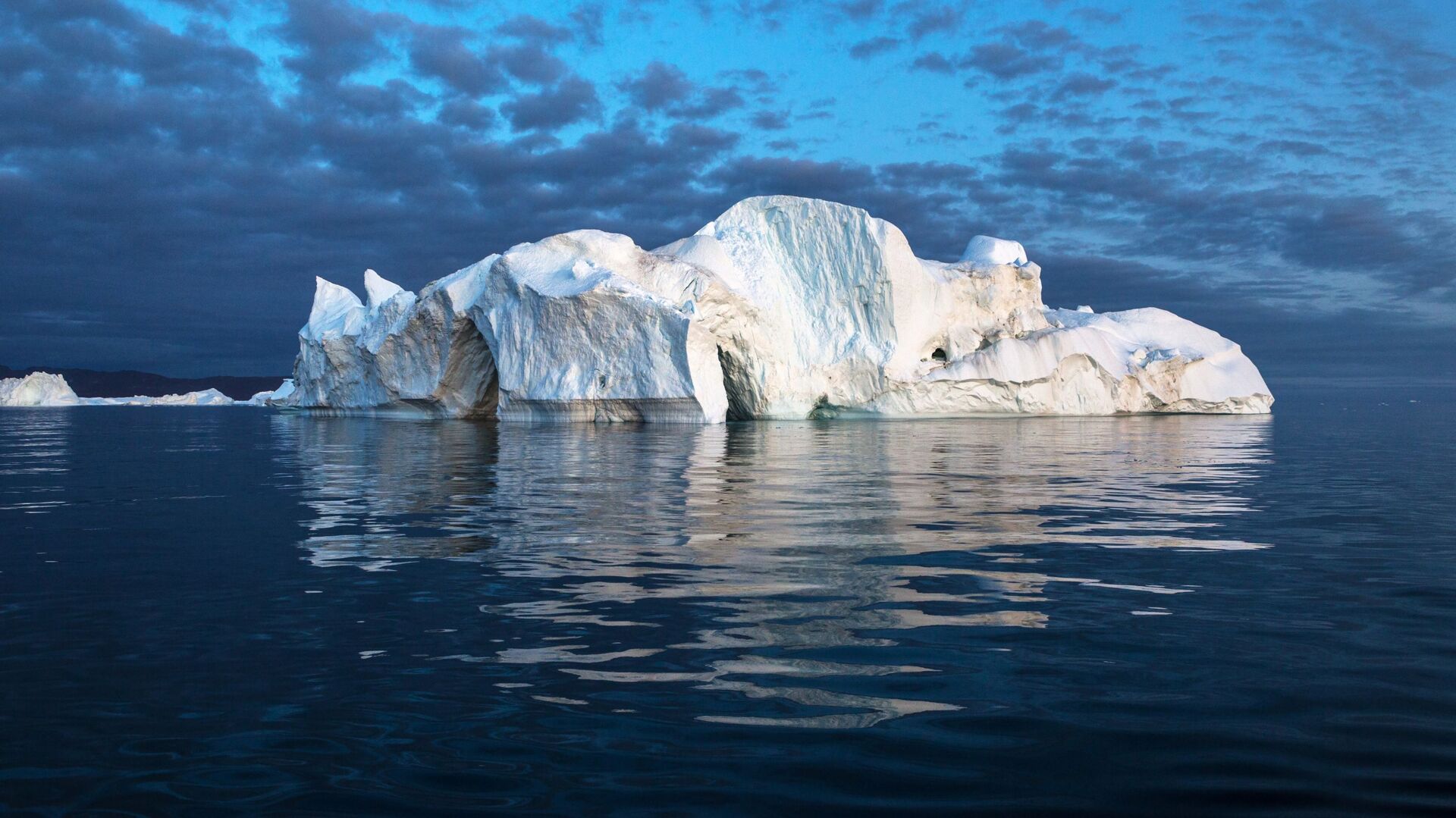A political majority in Denmark has agreed on a DKK 1.5 billion ($240 million) boost to surveillance equipment and training in the North Atlantic and the Arctic, with a focus on the remote parts of the Danish Realm, such as Greenland and the Faroe Islands, Danish Radio reported.
The largest items in what has been dubbed the "Artic capacity package", valid until 2023, are long-range drones at DKK 750 million ($122 million) and an air warning radar on the Faroe Islands at DKK 390 million ($63 million). Another DKK 50 million ($8 million) has been earmarked for defence education with "conscription-like conditions" on Greenland, the world's largest and most sparsely-populated island. It has also been agreed to set aside funds for the renovation of the frost-damaged runway used by the Danish Armed Forces in Kangerlussuaq.
In addition to the aquisition of equipment for satellite monitoring, radars, tactical communication, and data analysis, the agreement includes derivative operating expenses for DKK 300 million per year ($49 million).
"There is a need for the defence to have new capabilities so that we can better keep an eye on the Arctic and the North Atlantic, what sails and flies there", Social Democrat Defence Minister Trine Bramsen said. According to her, the build-up is about "living up to the country's responsibilities" and guaranteeing the security of the Commonwealth. "At the same time, it also gives a big boost to civil preparedness, rescue missions, environmental and climate monitoring", Trine Bramsen ventured.
The cross-party agreement mentions global warming, which is "increasingly opening up new shipping routes in the Arctic, while providing access to raw materials or resources". This, in turn, is sparking a keen interest of the great powers in the area, including "increasing Russian activity and military build-up in the area", the agreement said.
The Social Liberal Party stressed that the investments in surveillance can work several ways and can be used both militarily and for civilian preparedness and emergency situations.
"This applies to drones, training, and radars because it is about surveillance. We have been concerned that we can also use the data for our preparedness. This is good because there is more transport and activity in the area, but it also sends a signal that we want continued detente in the area", Social Liberals defence spokesman Martin Lidegaard said, suggesting the Danish measures are "completely proportional to what the Russians are doing".
The Danish People's Party emphasised that Greenland as part of the Danish Realm will play a greater role in security affairs in the Arctic.
"I am very excited that a real Greenlandic commitment is now being opened up in the form of defence education, where young Greenlanders can come in and get a course in order to later continue, if they want, in the Danish Army, Air Force, or Navy. I think it will be a success", said its defence spokesman Søren Espersen.
The liberal-conservative Venstre party's defence spokesman Lars Christian Lilleholdt argued that with this agreement, Denmark is taking its defence and security policy responsibilities seriously.
"There has been criticism that we do not live up to our NATO goals in a number of areas. And that's why it is important for us that the purchases that are made, they deliver as regards NATO's goals", Lilleholdt said.
Denmark's current military expenditures are about 1.3 percent of its budget, but falls short of NATO's guidelines. This triggered criticism from the previous US administration.
Denmark's conscription-based Armed Forces numbers about 19,000 active soldiers. In the event of war, just under 1 million Danish men aged between 18 and 49 are available.




